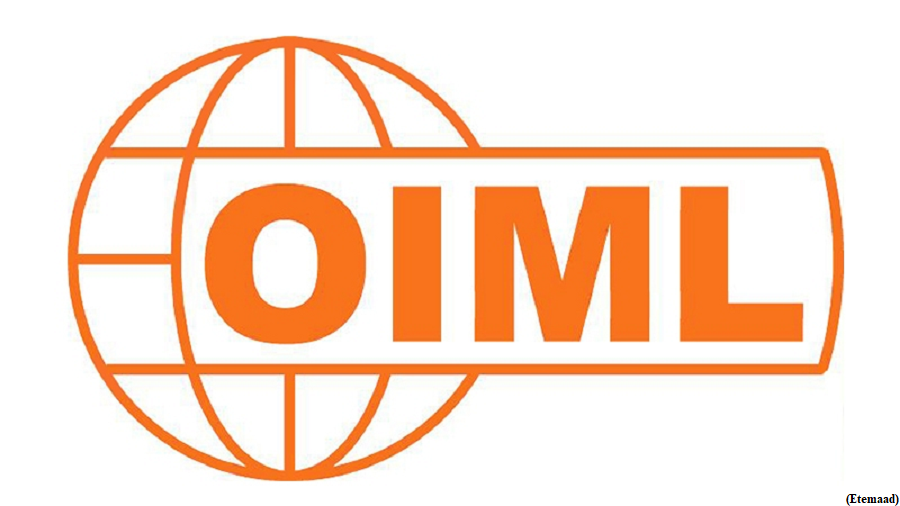What is the National Judicial Data Grid and how it could help courts (GS Paper 2, Judiciary)

Why in news?
- The Supreme Court recently onboarded its case data on the National Judicial Data Grid.
- The NJDG portal is a national repository of data relating to cases instituted, pending and disposed of by the courts across the country.
What is the National Judicial Data Grid?
- NJDG is a database of orders, judgments and case details of 18,735 District and subordinate Courts and High Courts created as an online platform under the eCourts Project.
- Its key feature is that the data is updated in real-time and has granular data up to the Taluka level.
Who runs the NJDG?
- The NJDG was built as part of Phase II of the e-Courts project, which is a Centrally Sponsored Scheme. With over 18,735 courts computerised across the country, the data is integrated with the NJDG.
- The platform has been developed by the National Informatics Centre (NIC) in close coordination with the in-house software development team of the Computer Cell, Registry of the Supreme Court with an interactive interface and analytics dashboard.
- Currently, litigants can access case status information of 23.81 crore cases and more than 23.02 crore orders/judgments.
How does the data help?
- NJDG works as a monitoring tool to identify, manage & reduce pendency of cases. Take, for instance, the Supreme Court data.
- For the year 2023, the total pendency of registered cases in SC is 64,854. But the Cases instituted last month were 5,412 while cases disposed of in the last month were 5,033. This shows that the pendency in SC is largely due to legacy cases since the Court is currently disposing of approximately the same number of cases filed on an annual basis.
- It also helps identify specific bottlenecks in judicial processes. For example, if the number of land disputes in a particular state shoots up, it helps policymakers look into whether the law needs to be strengthened.
- The apex court has less than a hundred cases pending before 2000 and it gives data tools to the Chief Justice to re-organise work and dispose of the oldest cases.
- It also helps generate inputs related to particular areas of law. For example, to track cases related to land disputes, Land Records data of 26 States have been linked with NJDG.
India can now issue OIML certificates
(GS Paper 2, International Organisation)
Why in news?
- India has become an OIML certificate-issuing authority.
- The Legal Metrology Division, Department of Consumer Affairs, is now authorised to issue OIML certificates.

What is the OIML?
- The OIML stands for International Organisation of Legal Metrology.
- Established in 1955 and headquartered in Paris, the OIML is an international standard-setting body. It develops model regulations, standards and related documents for use by legal metrology authorities and industry.
- It plays a crucial role in harmonising national laws and regulations on the performance of measuring instruments like clinical thermometers, alcohol breath analysers, radar speed measuring instruments, ship tanks found at ports, and petrol dispensing units.
When did India become a member of the OIML?
- India became a member of the OIML in 1956. In the same year, India signed the metric convention.
What is the OIML certificate?
- The OIML-CS is a system for issuing, registering and using OIML certificates, and their associated OIML type evaluation/test reports, for instruments like digital balance, clinical thermometers, etc.
- With the addition of India, the number of countries authorised to issue OIML certificates has increased to 13.
When did India apply to become an issuing authority?
- India applied to become an OIML certificate-issuing authority in March 2023.
How will this help the Indian economy?
- The move is expected to help the Indian economy in several ways, including an increase in exports, earning of foreign exchange, and generation of employment..
- Besides, it will help in reducing redundancy and saving resources.



